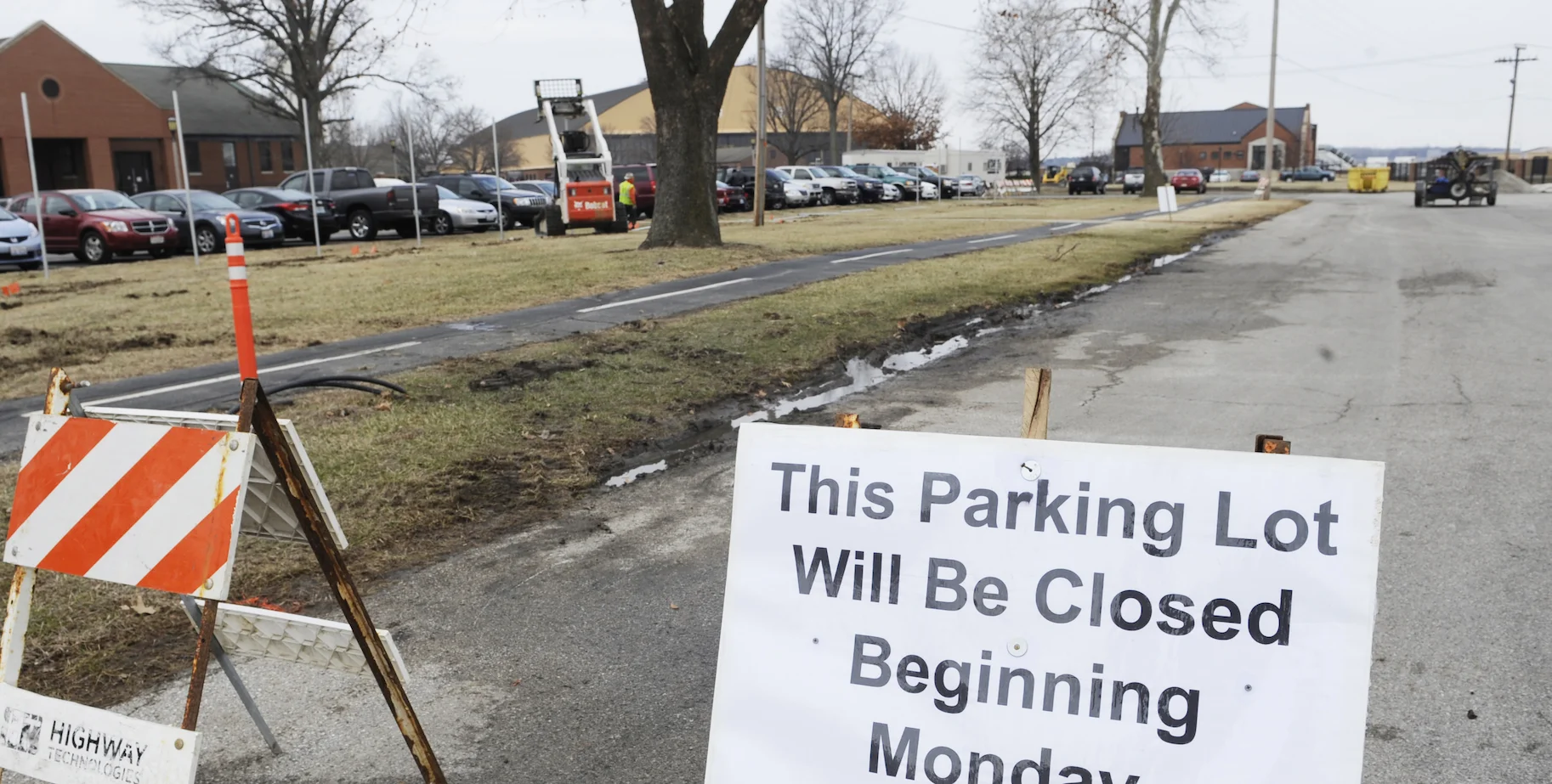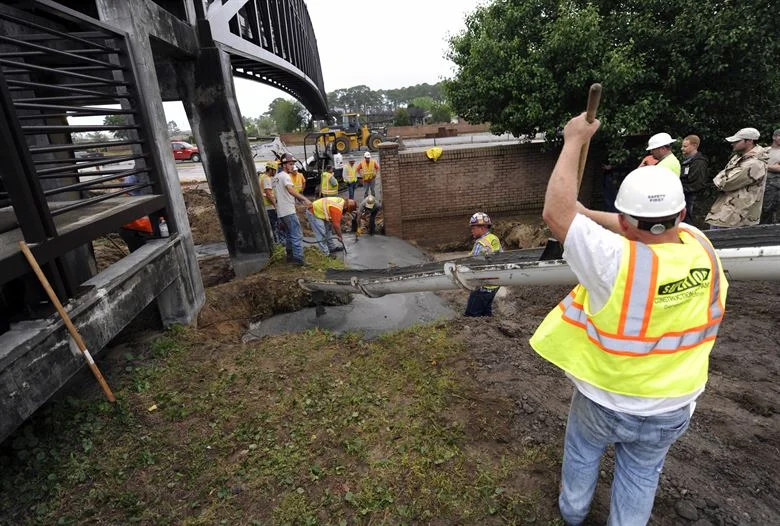The unproductive use of infrastructure has put most cities, even those that are superficially prosperous, in a position where they won’t be able to afford to maintain what they’ve built. The signs of this crisis are everywhere—if you’re willing to look.
Read MoreThe United States isn’t France, but there are still plenty of lessons to be learned—and myths to be busted—by looking at the way their streets are designed to build wealth.
Read MoreWhen my school district proposed tearing down buildings for parking, I and others suggested there were more creative and less destructive ways to solve these problems. We were scoffed at, and we lost. Hate to say, “I told you so,” but….
Read MoreWhy does infrastructure cost so much to build in the U.S.? The fundamental reasons aren’t technical. We’ve structured our postwar economy to use overspending on infrastructure as a way to induce short-term growth.
Read MoreChris Arnade’s Dignity is a striking look into the faces of “back row” America—the poor, the homeless, the addicted, the forgotten. And it’s a challenge to us as a society to design policies that respond to their needs and values.
Read MoreThere is no such thing as a truly free market; the market exists within a system of rules and incentives. And in America today, that system privileges stability and efficiency at the federal level, at the expense of making our cities and towns fragile.
Read MoreVision Zero aims to end all traffic deaths. Can they do it on a national scale?
Read MorePine Island, MN (population 3,000) has huge dreams, yet they can’t take care of their basic systems. Who pays the price?
Read MoreA video interview with Strong Towns founder Chuck Marohn describes the origins of the Strong Towns movement and how it helps cities—especially smaller ones—reclaim local control of their future stability and prosperity.
Read MoreA real market urbanism looks like an organic system, where as many distortions as possible are removed and we’re left with irrational, fallible humans transacting with each other as freely as possible. There is good reason to correlate that with the traditional development pattern.
Read MoreIf local governments are going to lose money on residential development, then they have to make it up on commercial development. That’s a risky business model, one that doesn’t pencil out.
Read MoreA failed mall can feel like a monument to your community’s economic failure. A presidential hopeful has an idea to bring them back to life. But is it a good thing?
Read MorePre-order your copy of Strong Towns: A Bottom-up Revolution to Rebuild American Prosperity to get in on the action.
Read MoreIn a suburban development pattern, the cul-de-sac is the gravy. It’s the cherry on top. It should be the most profitable part of the system, the place with the most tax base for the least amount of cost. If that’s not true, then something is terribly wrong with our model of growth.
Read MoreIn very simple terms, infrastructure is a platform for expanding wealth. If infrastructure doesn’t expand our wealth enough to justify its construction, it’s not an investment. It’s merely a form of consumptive spending.
Read MoreEarly in my career, I helped plan a highway bypass for a small town that I was sure would generate a positive return on investment in the form of economic growth. The only problem? The actual numbers we calculated told a different story.
Read MoreGot potholes? Can’t get federal funding for routine street maintenance? That’s what you think! As it turns out, there are all sorts of ways that cities game that system.
Read MoreI’ve had to reconcile my foundational belief in markets with my experiences working with cities. This has been a painful process.
Read MoreA new study on the “perception gap” between America’s two major parties gives some hope that, at least at the local level, we can find ways to work together, despite our differences.
Read MoreThe mentality of “easy to maintain” needs to be replaced with a question of whether something is “worth maintaining.”
Read More



















